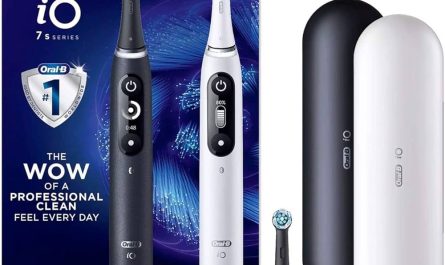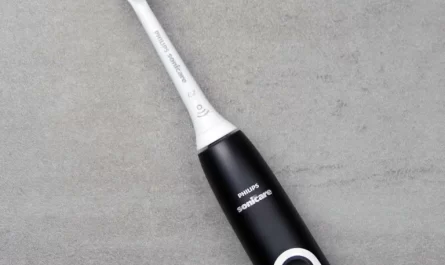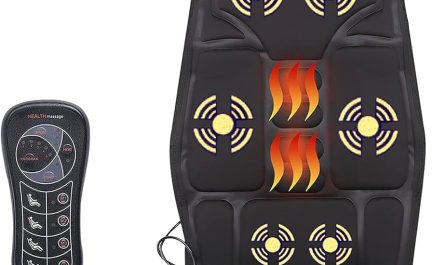Common Causes for Electric Toothbrush Malfunctions
When your electric toothbrush won’t turn off, it’s often due to a few common issues. These issues may range from simple to complex, but identifying the cause is the first step to fixing the problem.
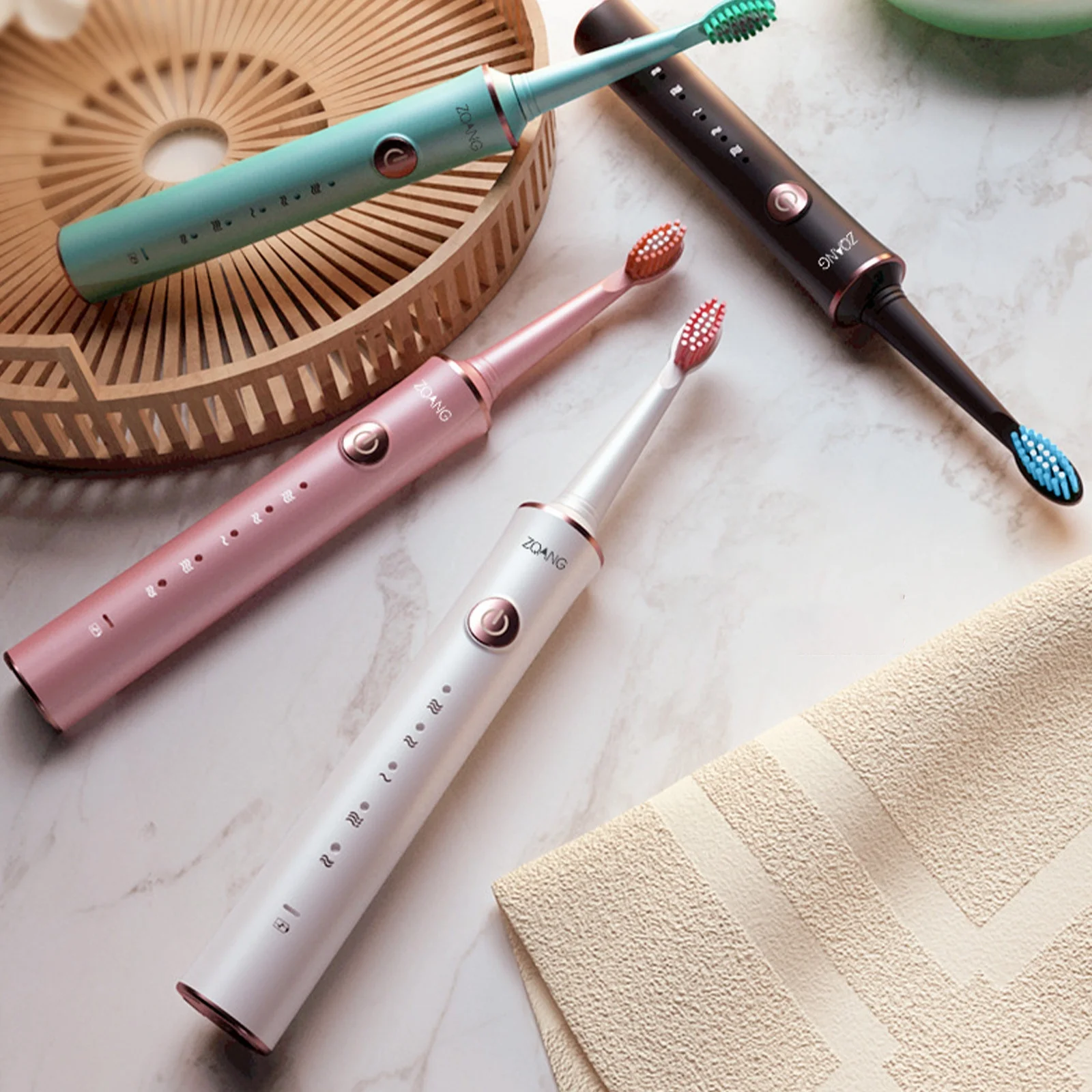
Faulty Buttons or Switches
Over time, the buttons on your toothbrush can become unresponsive due to wear and tear. Dirt and grime can also cause them to stick, preventing the toothbrush from turning off.
Water Damage
Electric toothbrushes are designed to be water-resistant, not waterproof. Regular exposure to water can seep into the internal components, which may lead to electrical malfunctions.
Worn Out Batteries
Batteries lose their ability to hold a charge over time. If the battery can’t provide stable power, the toothbrush may malfunction and stay on.
Damaged Charging Base
A damaged base may improperly charge the toothbrush, resulting in power issues that keep it on continuously.
Internal Wiring Issues
Wiring inside the toothbrush can become loose or damaged. This can interrupt the power flow and affect the toothbrush’s functionality.
Identifying these common causes can help you address the issue of an electric toothbrush that won’t turn off. In the next sections, we’ll explore initial troubleshooting steps and more in-depth solutions.
Initial Steps to Fix an Electric Toothbrush That Won’t Turn Off
Before proceeding with advanced repair techniques, try these initial steps to resolve the issue of an electric toothbrush that won’t turn off:
- Perform a Soft Reset: Sometimes a simple reset can fix the problem. Remove your toothbrush from the charging base. Then, press and hold the power button for 10 seconds. Release the button and place the toothbrush back on the charging base.
- Clean the Button Area: Accumulated grime can cause the button to stick. Use a damp cloth to gently clean around the power button. Avoid using excess water to prevent further damage.
- Dry the Toothbrush: If you suspect water damage, wipe the toothbrush dry with a soft cloth. Remove the brush head and let the handle air dry for a few hours.
- Recharge the Battery: A depleted battery might cause the toothbrush to malfunction. Charge the toothbrush for a full cycle and see if the problem persists.
- Examine the Charging Base: Make sure the charging base is not damaged. Clean any debris from the base and the toothbrush’s charging contacts.
- Tighten Loose Parts: Sometimes, vibration can loosen components. Gently tighten any visible screws on the toothbrush handle.
After performing these initial steps, test your electric toothbrush again. If the toothbrush still won’t turn off, you may need to look into more specific issues with the battery or circuitry, or consider professional help.
How to Safely Reset Your Electric Toothbrush
Resetting your electric toothbrush might fix it when it won’t turn off.
Follow these careful steps to reset it safely:
- Power It Down: If possible, turn off your toothbrush normally through its power button.
- Remove from Base: Take your toothbrush off its charging base or station.
- Long Press: Hold down the power button for a full 10 seconds.
- Wait: After releasing the button, let your toothbrush sit for a minute.
- Recharge: Place it back on its charging base to restart.
- Test: Turn your toothbrush on and off again to check if it resets.
Keep water away when you press the button. Moisture can cause more damage.
Check your toothbrush manual as well. Some models have unique reset instructions.
Try this reset before you consider changing parts or asking for professional help with your toothbrush.
Battery Issues and Replacement Guide for Electric Toothbrushes
If your electric toothbrush won’t turn off, a battery issue may be the cause. It’s natural for rechargeable batteries to degrade over time. A weak battery can lead to irregular operation. Here are steps to address battery problems and replace them if needed:
- Check Battery Health: See if the light indicators show a low battery. Some electric toothbrush models have this feature.
- Try a Full Recharge: Plug your toothbrush in and charge it until full. A full recharge may reset its power management system.
- Replace Battery: If issues persist, consider replacing the battery. Refer to your toothbrush’s user manual to see if the battery is user-replaceable.
- Choose the Right Battery: If replacement is an option, select the correct battery type recommended by the manufacturer.
- Follow Replacement Instructions: Carefully open the toothbrush according to the manual. Replace the battery with caution so as not to damage other components.
Keep the right tools handy when attempting a battery replacement. Tiny screws and delicate parts require precise handling. Remember, if your electric toothbrush has a built-in battery, self-replacement might not be possible. In such cases, seek professional help.
Battery issues are common but not hard to manage with the right approach. The above guide ensures you take the right steps towards fixing or replacing your electric toothbrush battery. Doing so can restore full functionality and prevent your electric toothbrush from staying on unexpectedly.
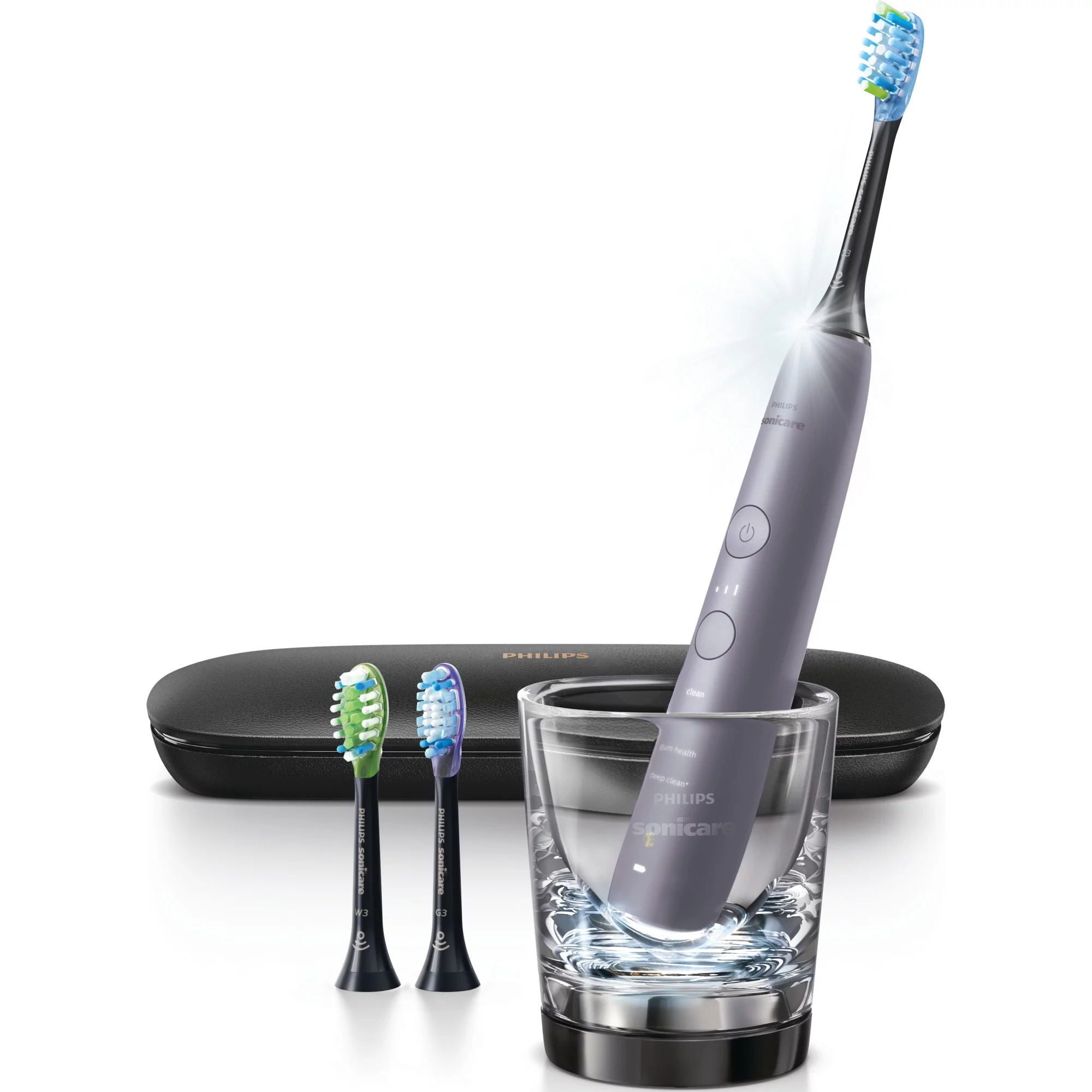 Understanding the Circuitry of an Electric Toothbrush
Understanding the Circuitry of an Electric Toothbrush
The internal workings of an electric toothbrush are intricate. Understanding these can help you troubleshoot issues, like when the electric toothbrush won’t turn off. Here’s what you should know about the circuitry of your toothbrush.
The circuit board is the brain of the electric toothbrush. It controls the power and the on/off mechanism. Damage to it often leads to malfunctions. If water or physical damage breaches the board, it can cause your toothbrush to stay on.
Next, the motor transforms electrical energy into motion, powering the brush head. Any fault in this transfer can result in continuous running or failure to start.
Sensors within the toothbrush can dictate working modes. Broken sensors may not recognize when to stop.
Lastly, wires and connections link these parts together. Loose or corroded wires can disrupt electrical signals, preventing proper operation. Ensure all connections are secure before concluding a malfunction is beyond repair.
In most cases, repairing the circuitry is complex. If you’re familiar with electronic components, you might attempt a fix. Otherwise, it’s best to turn to professionals. Always disconnect your toothbrush from power before inspecting its internals.
When to Seek Professional Help with Your Toothbrush
Sometimes, despite our best efforts, an electric toothbrush won’t turn off, and we can’t fix it alone. Professional help is the next step. Look for these signs that it’s time to seek expert assistance:
- Persistent Issues: If problems persist after trying all DIY methods, professional help is needed.
- Complex Circuitry: When simple fixes don’t work, the issue might involve complex circuitry only experts should handle.
- Warranty Consideration: If your toothbrush is still under warranty, contact the manufacturer for support.
- Recurring Malfunctions: For safety and to avoid damage to the toothbrush, get it checked if it often malfunctions.
- Battery Concerns: If the battery is sealed and can’t be replaced at home, a professional can safely swap it.
If you face any of these situations with your toothbrush, reach out to the customer service of the brand. They can guide you on the next steps, which may include repairs, replacements, or refunds. Remember that trying to fix complex problems, you may void the warranty. So, consult the manual of your toothbrush or contact customer service before taking more serious actions.
Tips for Maintaining Your Electric Toothbrush to Avoid Future Issues
Proper maintenance of your electric toothbrush is key to avoiding malfunctions like an electric toothbrush that won’t turn off. Here are some practical tips to keep your toothbrush in good working order:
- Regular Cleaning: After each use, rinse your toothbrush head thoroughly under running water. Once a week, remove the head and clean the handle and base.
- Dry Properly: Shake off excess water and store your toothbrush upright to air dry. Avoid placing it in closed containers where moisture can build up.
- Check for Damage: Inspect your toothbrush regularly for signs of wear and tear. Look closely at the buttons, battery compartment, and charging base.
- Avoid Dropping: Dropping your electric toothbrush can damage its internal components. Always handle it with care and store it in a safe place.
- Battery Care: If your toothbrush uses replaceable batteries, ensure they are changed regularly before they completely run out.
- Follow Manufacturer Guidelines: Use the toothbrush as directed in the user manual. Don’t use it for longer than the recommended brushing time.
By following these steps, you can extend the life of your electric toothbrush and reduce the chances of it failing to turn off when you need it to. Regular upkeep can prevent many common issues, saving you time and money in the long run.
 Disposal and Recycling Options for Faulty Electric Toothbrushes
Disposal and Recycling Options for Faulty Electric Toothbrushes
When your electric toothbrush won’t turn off and is beyond repair, disposing of it responsibly is crucial. Here’s how.
- Check Recycling Programs: Some brands have take-back programs for their products. Look into this option first.
- Visit Electronics Recyclers: Electronic recyclers can handle battery-powered devices like toothbrushes. Find one nearby.
- Remove the Battery: If possible, take the battery out before disposal. This step makes recycling easier.
- Local Hazardous Waste: For toothbrushes with built-in batteries, check local guidelines. Some places have specific rules for these items.
- Retail Drop-off Points: Some stores accept electronics for recycling. Drop your toothbrush off there.
- Donate for Education: Schools or non-profits might use broken toothbrushes for education. Ask around your community.
Always avoid throwing your toothbrush in the regular trash. Electronics can harm the environment. Proper disposal helps protect our planet. Remember these steps next time you need to dispose of a toothbrush that won’t turn off.

